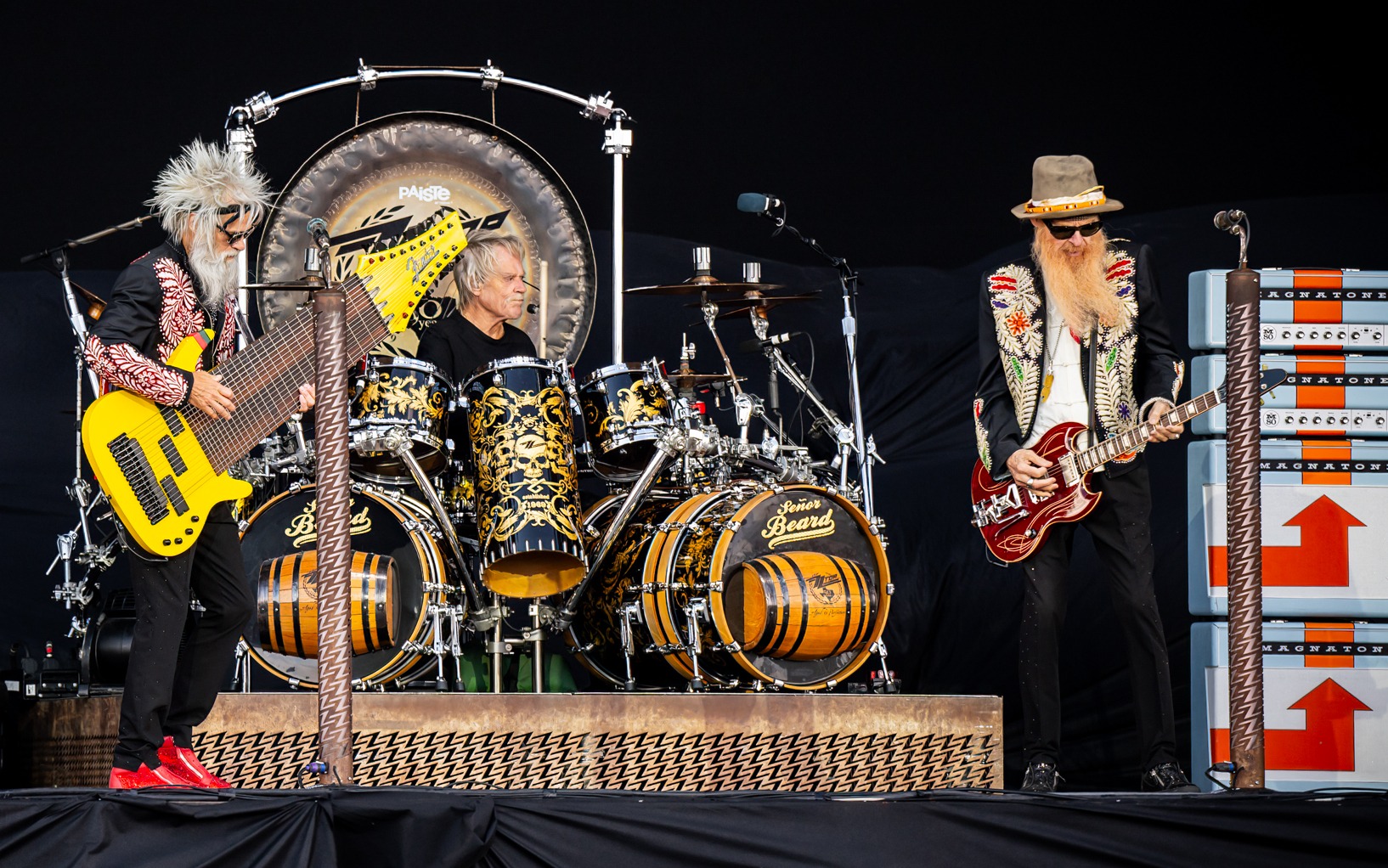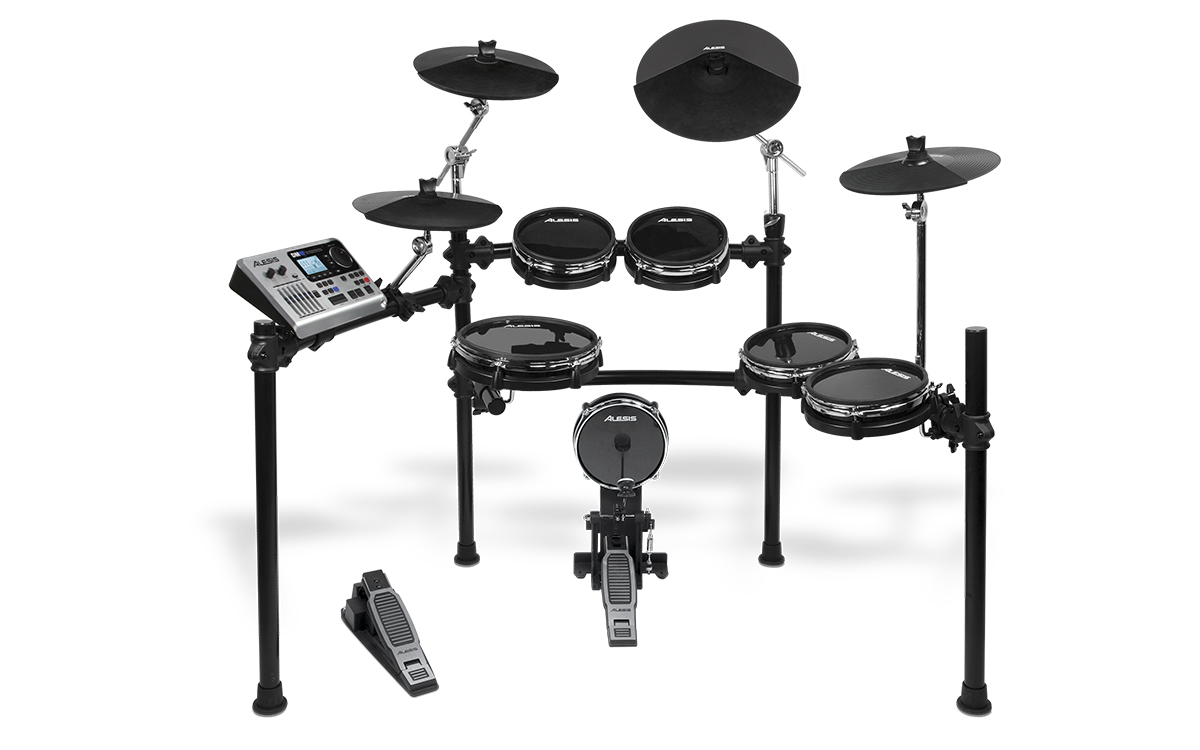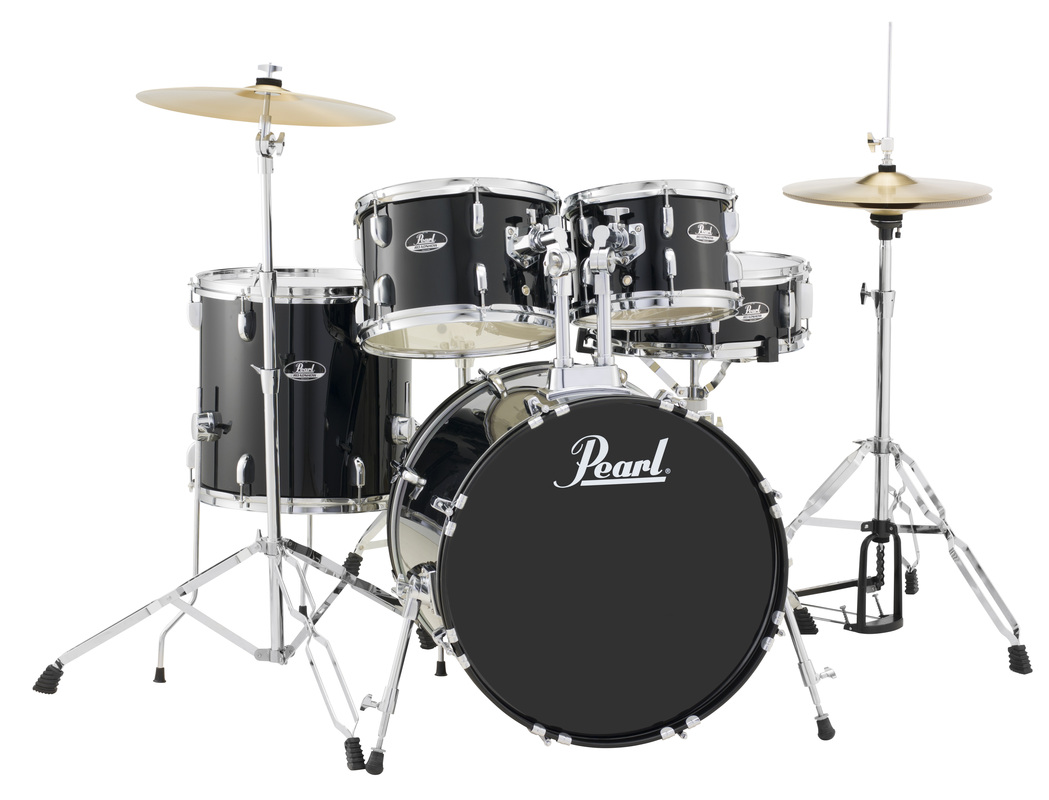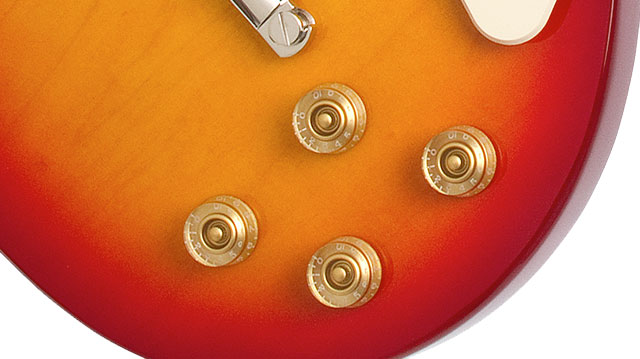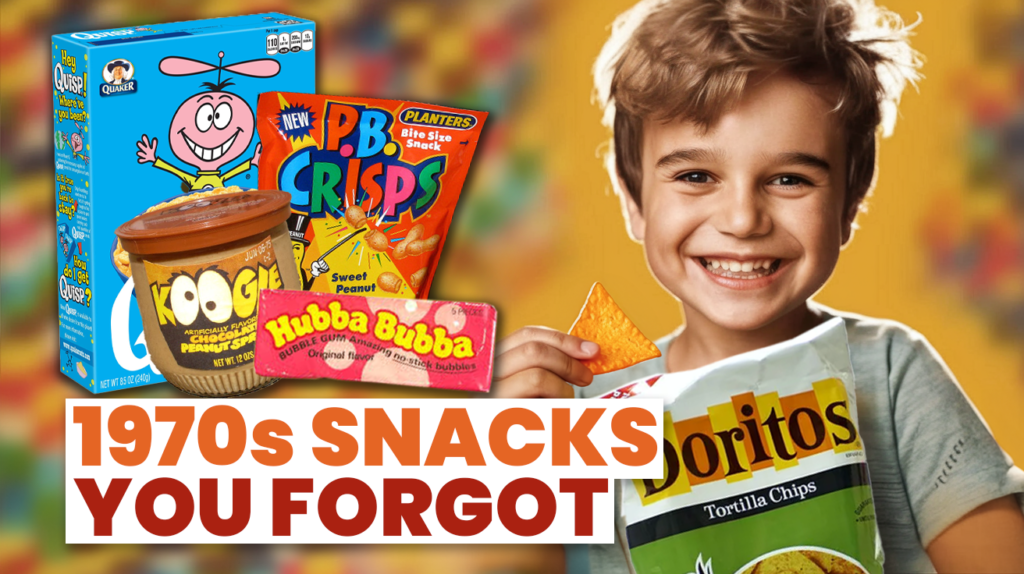
Finding joy in today’s snack aisle feels impossible compared to the 1970s golden age. Back then, companies created true food adventures rather than just things to eat. Star Wars yogurts turned healthy eating into Jedi training. Gator Gum promised athletic performance in every chew. Jell-O 1-2-3 transformed into three distinct layers like kitchen magic.
Rediscovering these lost classics reveals what we have been missing.
20. The Marathon Bar: A Candy Titan of the ’70s
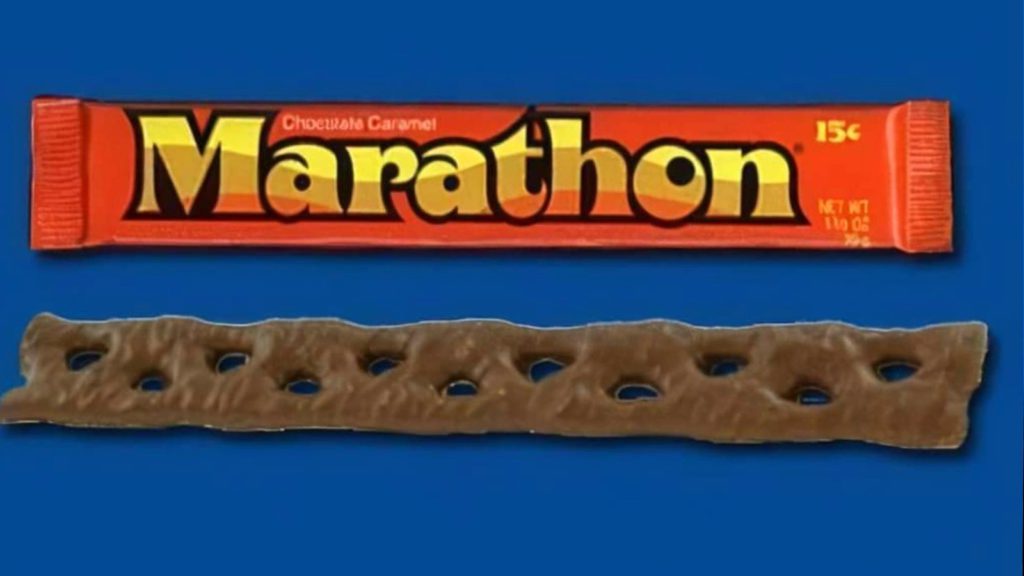
Mars Inc. introduced the Marathon Bar in the 1970s as a distinctive addition to the American candy landscape. This chocolate bar stretched an impressive 8 inches long, setting it apart from standard-sized competitors in both form and eating experience. Each Marathon combined chewy caramel and peanut-studded nougat beneath a milk chocolate coating, creating a snack that required time to consume. The elongated design turned eating candy into an extended event rather than a quick indulgence. Despite its popularity, Mars eventually rebranded the Marathon as Snickers to align with their global product naming strategy. When you bit into the 2020 limited edition rerelease, you weren’t just tasting chocolate—you were experiencing a piece of confectionery architecture that fundamentally changed how Americans understood candy’s potential.
19. Star Wars Yogurts: A Galactic Snack Sensation

Following the unprecedented success of the Star Wars film franchise, Dannon released special Star Wars yogurts in the late 1970s. These character-themed dairy products featured iconic figures like Luke Skywalker and Darth Vader on their packaging, creating an instant connection between daily nutrition and the popular space saga. Children encountered probiotics and healthy dairy options through this clever marketing partnership, making nutritious food more appealing through cultural relevance. Many families collected these containers alongside action figures and other merchandise, extending the Star Wars experience into mealtime. This pioneering product marriage between Hollywood and healthy eating opened the door for today’s endless stream of nutritional products that struggle to make broccoli as exciting as Chewbacca.
18. Sour Cream and Onion Doritos: A Flavor Revolution
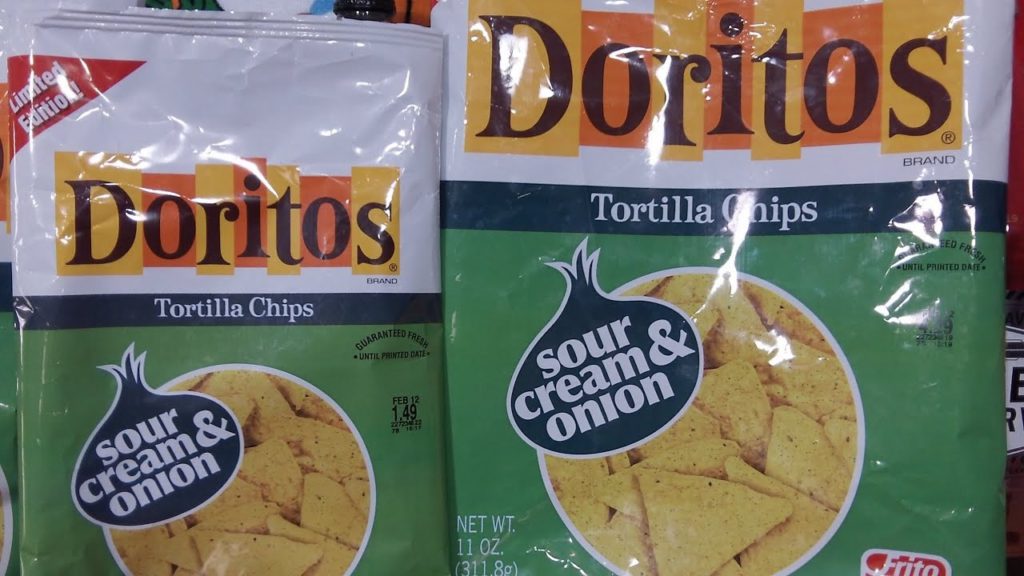
What began as an experiment in Disneyland’s Casa de Fritos restaurant eventually transformed America’s snack aisles when Sour Cream and Onion Doritos launched nationally in 1966. The combination of tangy dairy notes with savory onion flavor created a more complex taste profile than most chips offered at that time. Frito-Lay’s successful flavor innovation helped establish Doritos as a household name while demonstrating consumer readiness for more adventurous snack options. The immediate popularity of this variety encouraged the development of increasingly bold chip flavors across the industry. Without this creamy, oniony breakthrough, you might still be choosing between plain and barbecue—a snack dystopia no chip lover could imagine surviving.
17. Gator Gum: When Sports Drinks Met Chewing Gum
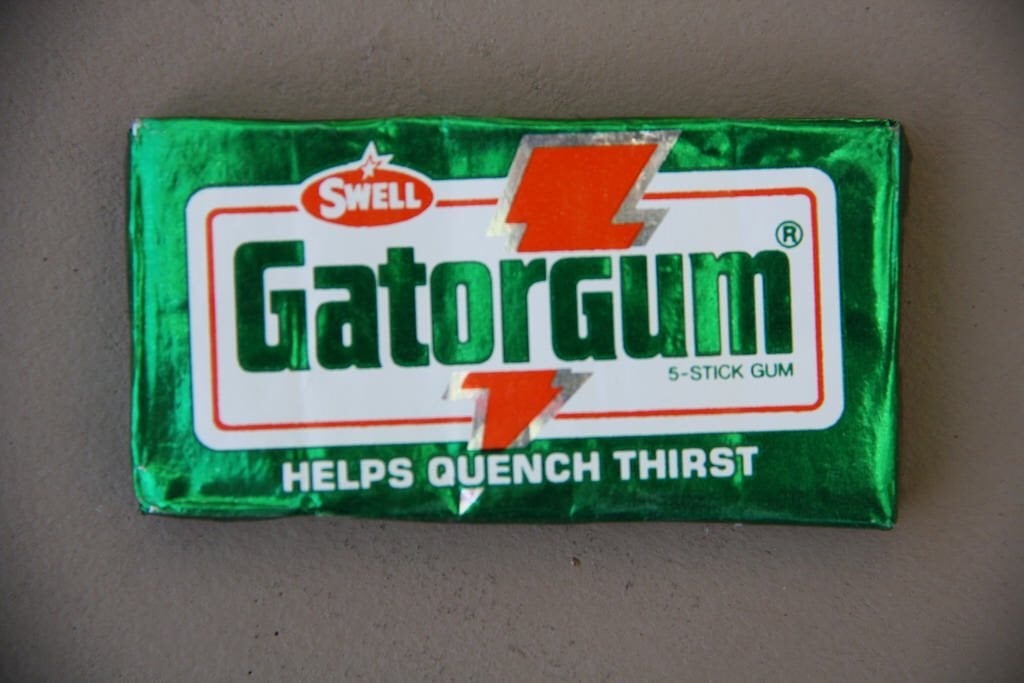
During the late 1970s, the distinctive flavor of Gatorade made an unexpected leap from bottles to bubble gum with the introduction of Gator Gum. This innovative product infused traditional chewing gum with Gatorade’s electrolyte formula and signature citrus and lemon-lime flavors. Athletes and active consumers appreciated the portable format that delivered the familiar sports drink taste without liquid refreshment. The product developed a modest following before disappearing from the market, only to resurface briefly during the 1990s. In creating a bridge between performance beverages and everyday confections, Gator Gum unknowingly sketched the blueprint for today’s entire functional food industry.
16. Quisp Cereal: A Saucer-Shaped Breakfast Classic
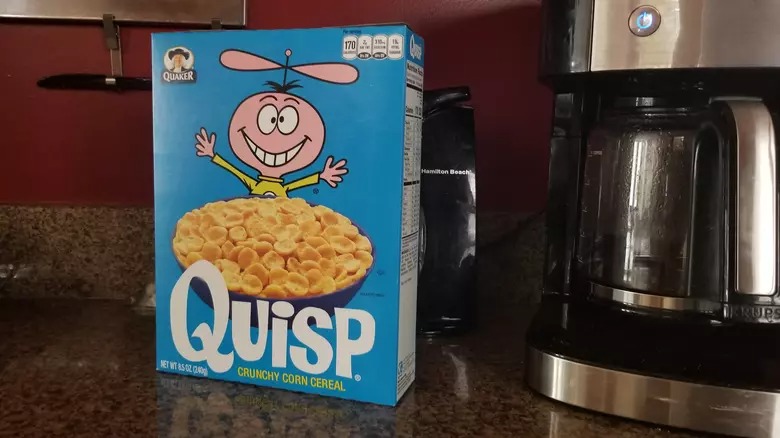
Space-age enthusiasm permeated breakfast tables in the 1970s through Quaker Oats’ Quisp Cereal with its distinctive flying saucer shapes. The sweet corn breakfast featured an alien mascot that perfectly captured America’s continued fascination with outer space during this era. Children enjoyed the crispy texture and sweet flavor profile while collecting space-themed prizes from inside each package. The unique saucer design created a memorable eating experience as pieces briefly floated in milk before absorbing it. Though Quisp disappeared from mainstream grocery distribution for decades, its cult following eventually prompted an online revival in 2012. Every spoonful of resurrected Quisp carries not just sugar but a potent dose of multi-generational nostalgia that modern cereals, despite their flashier marketing, struggle to replicate.
15. Summit Bar: A Cookie Bar That Couldn’t Hold On

Early 1980s candy aisles saw the arrival of the Summit Bar, Mars Inc.’s attempt to create a more textually complex chocolate bar. Combining crispy wafers, crunchy peanuts, and smooth chocolate coating, the Summit offered multiple sensory experiences in each bite. This carefully engineered texture progression distinguished it from simpler candy bars that dominated the market. Despite a recipe reformulation in 1983 intended to enhance its distinctive qualities, the Summit Bar eventually vanished from store shelves. Its brief existence represents the invisible confectionery graveyard beneath today’s candy shelves—innovative products that pioneered concepts now considered standard but didn’t survive long enough to claim their rightful place in snack history.
14. Koogal Peanut Spread: A Flavor Experiment Gone Too Soon
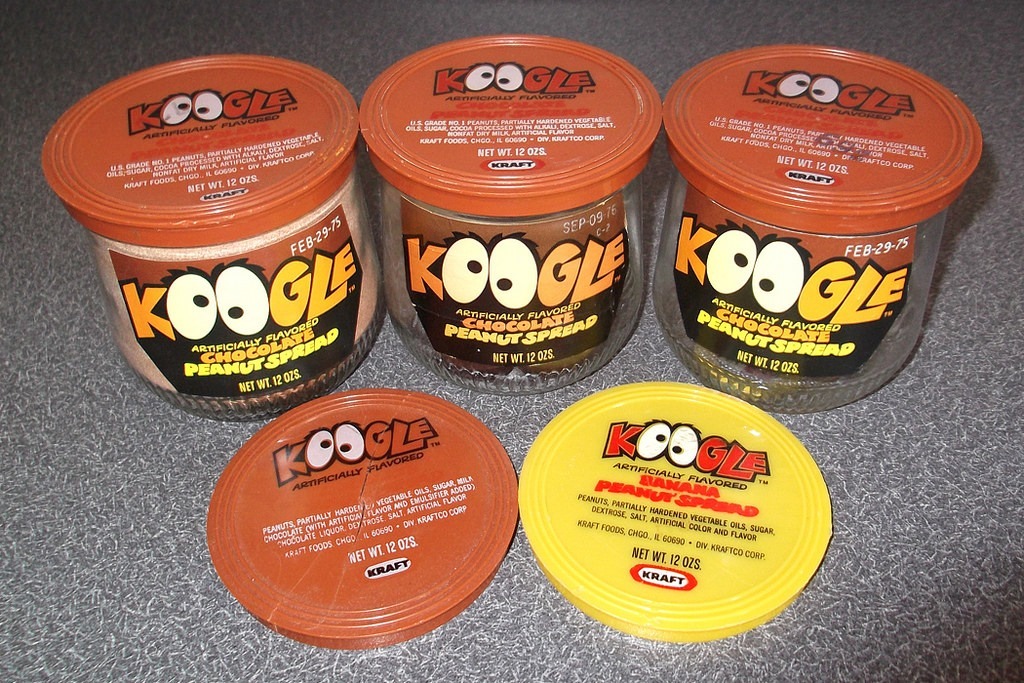
Kraft Foods challenged traditional peanut butter conventions in 1971 with their Koogal Peanut Spread line. This innovative product expanded the peanut butter category by offering flavor variations including chocolate, cinnamon, vanilla, and banana. Each jar contained a creamy peanut base enhanced with additional flavors that eliminated the need for sandwich customization at home. The pre-flavored approach simplified meal preparation while delivering more interesting flavor combinations than standard peanut butter could provide. Despite showing remarkable foresight about flavor innovation, Koogal failed to establish itself as a pantry staple and eventually disappeared from production. Had you been making sandwiches in 1971, you might have witnessed the birth of flavored nut butters nearly four decades before they would become a staple in contemporary health food stores.
13. Bun Bar: A Candy Classic with a Baseball Twist
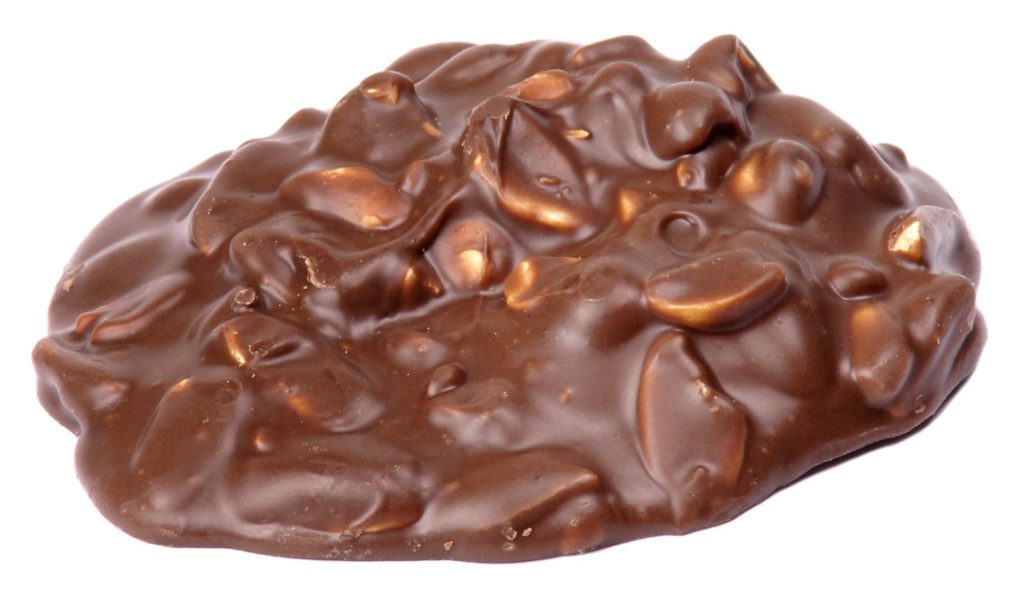
Since the 1920s, the Bun Bar has maintained its presence in American candy displays through its distinctive combination of textures. Each bar layers marshmallow center, caramel, milk chocolate, and peanuts to create multiple flavor experiences in a single bite. The candy achieved particular cultural relevance in 1978 when it temporarily rebranded as the “Reggie Bar” to honor baseball star Reggie Jackson during his tenure with the New York Yankees. This limited sports promotion connected confectionery consumption with popular culture in ways that anticipated modern celebrity endorsements. The Bun Bar’s century-long survival in a ruthlessly competitive candy market demonstrates how fundamental texture combinations can outlast flashier competitors that mistake novelty for innovation.
12. Freakies Cereal: A Whimsical Breakfast Adventure
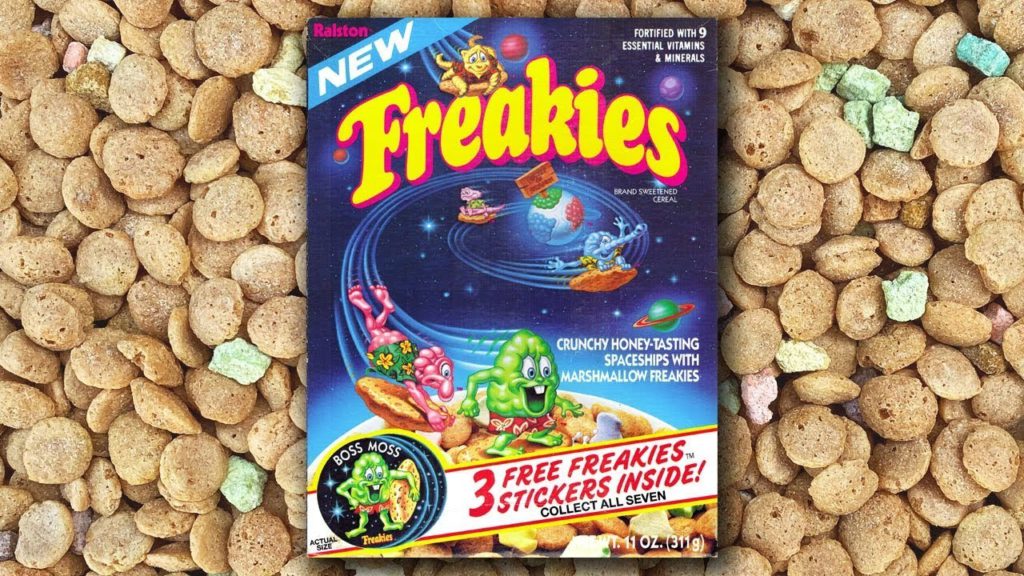
Ralston created a complete breakfast mythology with their 1970s Freakies Cereal and its seven colorful mascot characters. The wheat and corn-based breakfast cereal featured crunchy ring shapes that delivered kid-friendly sweetness while maintaining texture in milk. Children encountered elaborate character backstories through product packaging and television commercials, extending the cereal experience beyond mere consumption. The collectible cards and prizes packaged with Freakies transformed breakfast into a morning entertainment system. This immersive approach to cereal marketing established a template so effective that modern food companies still chase the elusive Freakies formula—creating not just food but entire narrative universes for children to inhabit one spoonful at a time.
11. Hubba Bubba: The Bubblegum That Changed the Game
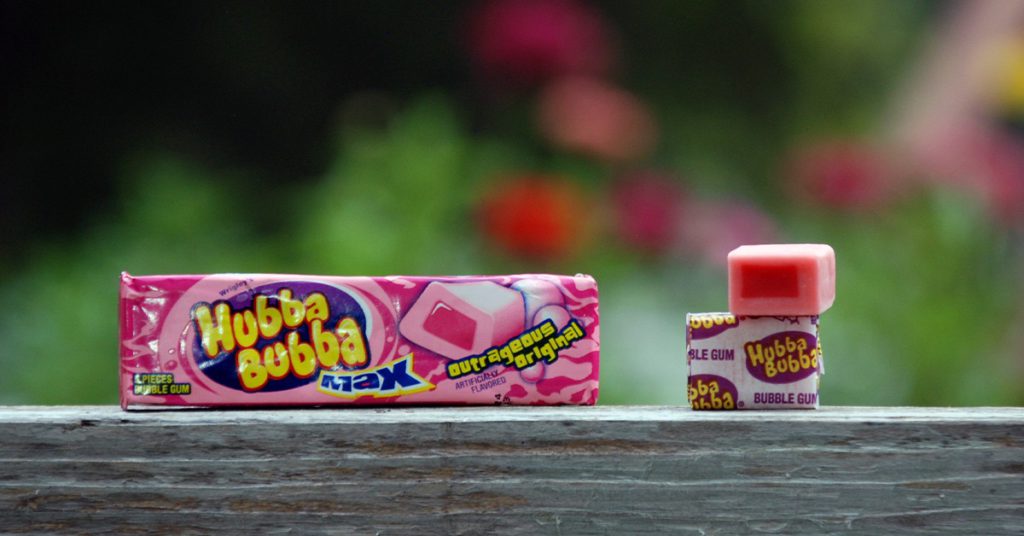
Wrigley addressed a persistent consumer problem in 1979 with the introduction of Hubba Bubba, featuring a less-tacky formula that reduced gum sticking to faces and hair. The soft texture and bright fruit flavors appealed to young consumers, while parents appreciated the reduced cleanup requirements. The distinctive name, borrowed from World War II military slang, provided immediate brand recognition and cultural resonance. The technical innovation behind the less-sticky formula created a genuinely improved bubble-blowing experience that allowed for larger bubbles without the usual consequences. By solving the fundamental bubble gum paradox—bigger bubbles inevitably meant bigger cleanup disasters—Hubba Bubba didn’t just create a product but delivered the childhood promise of consequence-free bubble blowing that previous generations could only dream about.
10. Kellogg’s Danish Go-Rounds: A Toaster Treat Before Pop-Tarts Took Over
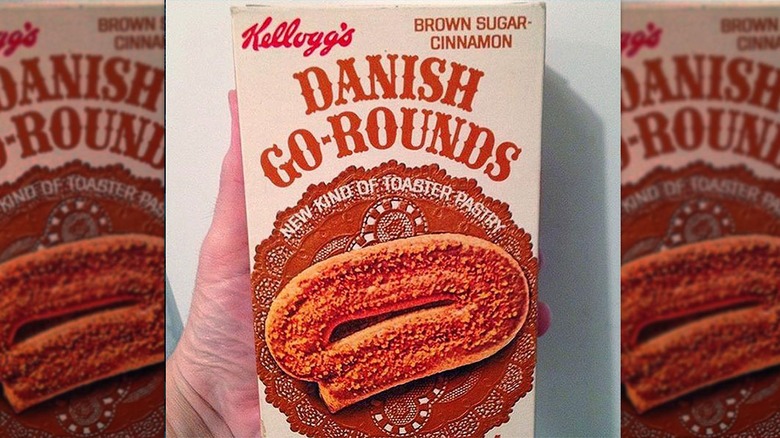
Before Pop-Tarts dominated the toaster pastry category, Kellogg’s offered Danish Go-Rounds beginning in 1971 as a more sophisticated breakfast option. These circular treats featured flakier, more buttery dough than rectangular competitors, along with fruit or cheese fillings that created a more authentic pastry experience. The distinctive round shape differentiated them from other toaster options while suggesting a connection to traditional Danish pastries. Consumers could enjoy them directly from the package or briefly heated for enhanced flavor and texture. Danish Go-Rounds’ disappearance in the shadow of Pop-Tarts success represents breakfast’s lost architectural path—a world where round pastries, not rectangular ones, might have defined your morning toaster routine for the past five decades.
09. Shake-A-Pudding: A DIY Dessert Delight
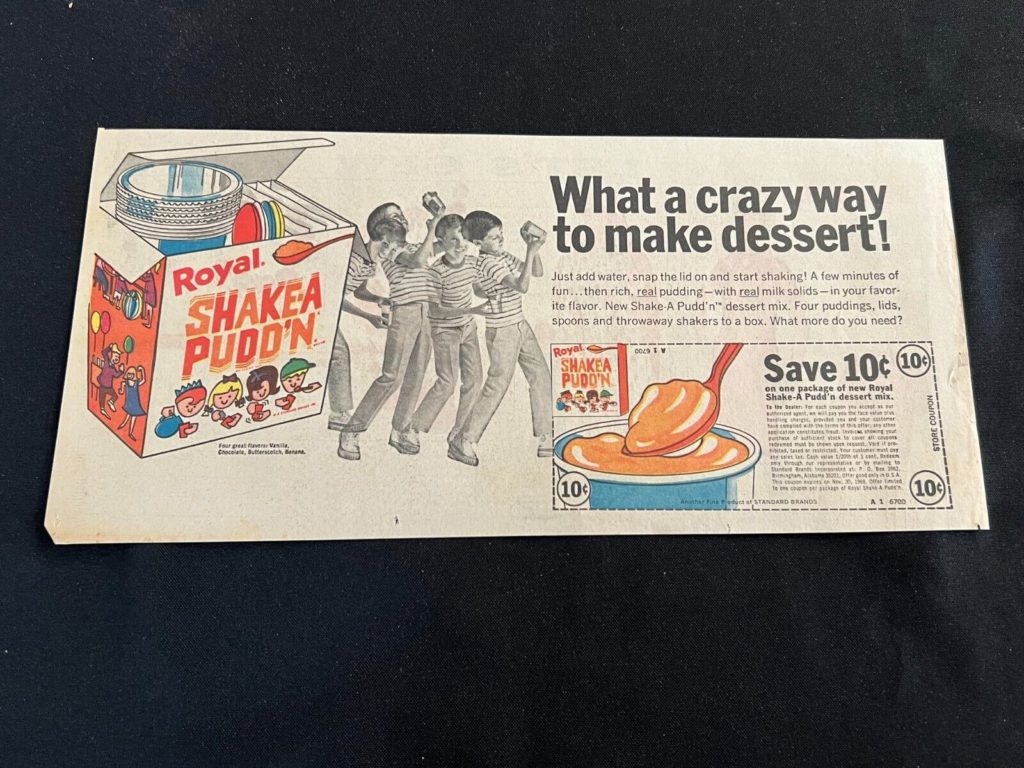
Dessert preparation became a participatory activity in the 1970s through Shake-A-Pudding’s innovative approach to instant pudding. Combining pudding mix in a specially designed container required only cold milk and physical shaking to create a smooth, creamy treat. The transformation process engaged children directly in food preparation, creating ownership over the resulting dessert. Watching liquid milk convert to thick pudding through manual agitation provided a simple but effective demonstration of food science principles. The product’s design eliminated the need for additional bowls or utensils, simplifying both preparation and cleanup. In transforming dessert from passive consumption to active creation, Shake-A-Pudding captured the perfect intersection of convenience and engagement that today’s meal kit companies still struggle to balance.
08. Ding Dongs: The Chocolate-Covered Cake Classic

Hostess established a lunchbox staple when introducing Ding Dongs in 1967 as portion-controlled chocolate indulgences. These circular cakes combined chocolate coating, moist cake interior, and creamy vanilla filling to deliver multiple flavors and textures in a single package. The distinctive silver foil wrapping not only preserved freshness but created a memorable unwrapping ritual that enhanced anticipation. The original packaging made these treats immediately identifiable in school cafeterias across America, contributing to their social status. The tactile memory of unwrapping a foil-covered Ding Dong remains so powerful that adults who experienced it can still feel the crinkle between their fingers decades later—a sensory echo that modern packaging efficiency has sacrificed in the name of progress.
07. Jell-O 1-2-3: The Magic of Three Layers in One
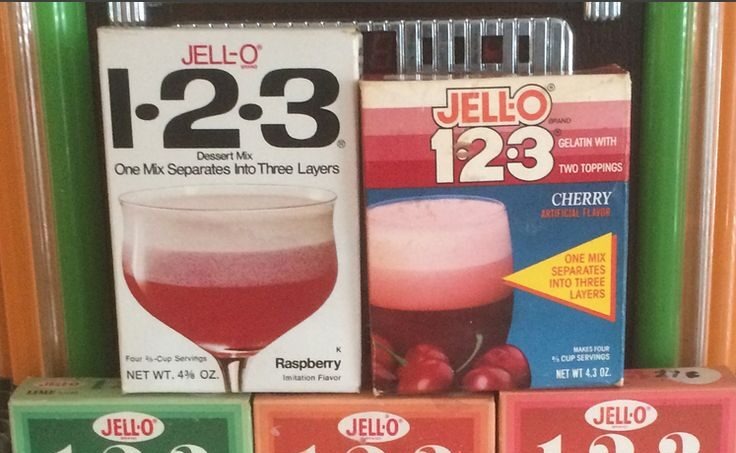
General Foods captured consumer imagination in 1969 with Jell-O 1-2-3, featuring self-separating layers that created multi-textured desserts from a single powder. This innovative product transformed when combined with water and refrigerated, creating firm gelatin at the bottom, creamy mousse in the middle, and light foam on top. The visual appeal of distinct layers added an element of sophistication to home desserts without requiring additional preparation steps. Serving these creations in clear glasses showcased the tricolor effect, impressing dinner guests with minimal effort. Jell-O 1-2-3’s seemingly magical self-separation demonstrated how the intersection of food science and visual appeal could transform ordinary family dessert into a conversation piece—a principle that drives Instagram-worthy food creations to this day.
06. PB Crisps: The Ultimate Peanut Butter Snack
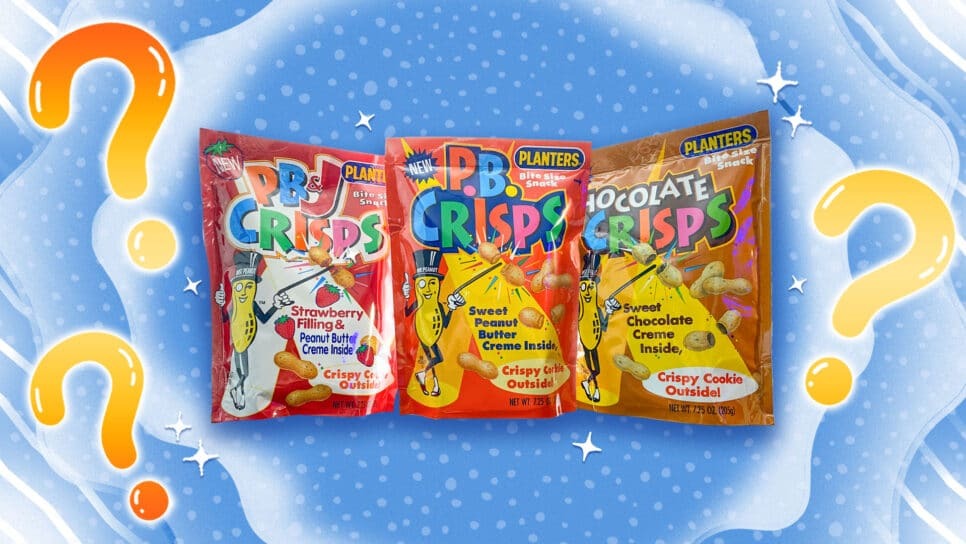
Planters created a textural masterpiece with PB Crisps, featuring a crispy, cookie-like shell housing smooth peanut butter filling. The peanut-shaped design reinforced the flavor identity while providing a distinctive appearance unlike other snack options. Each bite delivered the perfect contrast between crunchy exterior and creamy interior, enhancing the peanut butter eating experience. The self-contained design eliminated the messiness associated with traditional peanut butter while maintaining its rich flavor profile. PB Crisps developed one of the most dedicated followings in snack history, with consumers still petitioning for their return decades after discontinuation. If you’re wondering why peanut butter lovers grow misty-eyed at the mention of these treats, it’s because PB Crisps solved the fundamental peanut butter paradox—delivering its perfect creamy flavor without requiring you to deal with its notorious stickiness.
05. T-Berry Shuffle Gum: A Minty, Teaberry-Flavored Classic
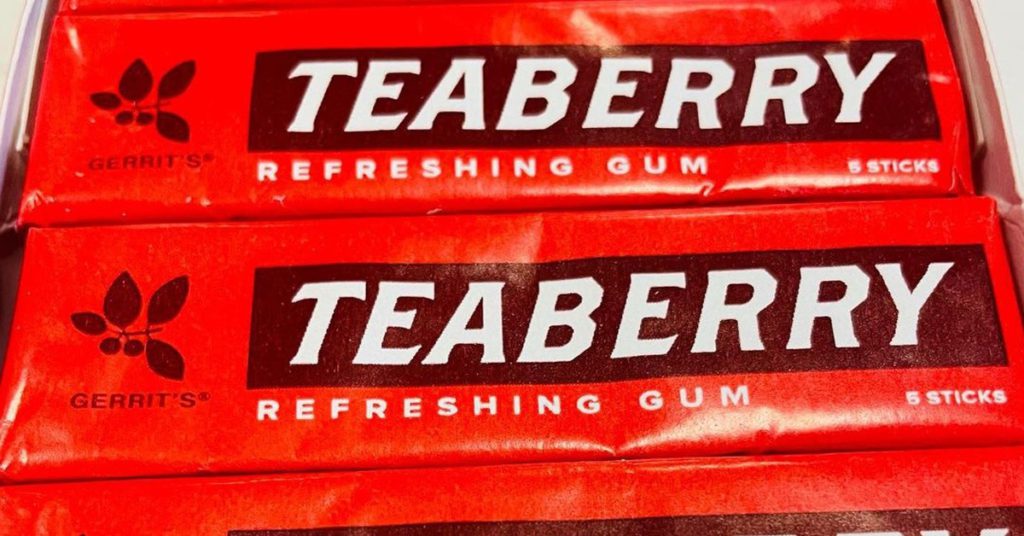
American botanical tradition met confectionery innovation in T-Berry Shuffle Gum with its distinctive teaberry-flavored profile. The bright pink chewing gum utilized oil from the Eastern Teaberry plant to create a minty-sweet flavor unlike standard gum varieties. This regional American flavor provided a refreshing alternative to conventional mint or fruit options while connecting to indigenous plant heritage. The instantly recognizable pink color made this gum immediately identifiable among candy displays. Distinctive packaging featuring the “shuffle” character added personality that strengthened brand identity. In capturing a uniquely American flavor experience derived from native plants, T-Berry Shuffle preserved a botanical tradition that might otherwise have been lost—connecting gum chewers to a pre-industrial American taste experience almost impossible to find in today’s synthetic flavor landscape.
04. Milkshake Bars: A Chocolate Treat Inspired by Classic Shakes
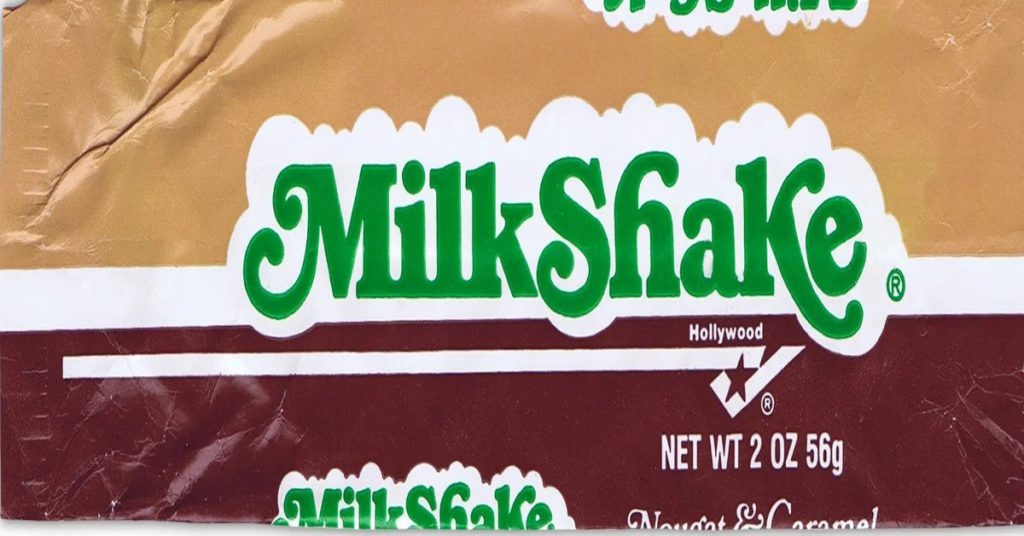
Confectionery innovation transformed soda fountain favorites into portable form through Milkshake Bars during their popularity peak. These specialized chocolate bars captured the creamy, rich flavor profiles of traditional milkshakes through formulations designed to melt smoothly on the tongue. Available in classic varieties including chocolate, strawberry, and vanilla, these bars provided milkshake satisfaction without requiring straws or spoons. The distinctive shape and packaging clearly communicated their inspiration, helping consumers connect the solid candy with its liquid predecessor. By collapsing the boundary between beverage and candy, Milkshake Bars pioneered the cross-category hybridization that defines contemporary food innovation—where the question isn’t “is it a chip or a cookie?” but “why can’t it be both?”
03. Wacky Wafers: Crunchy, Colorful, and Irresistible
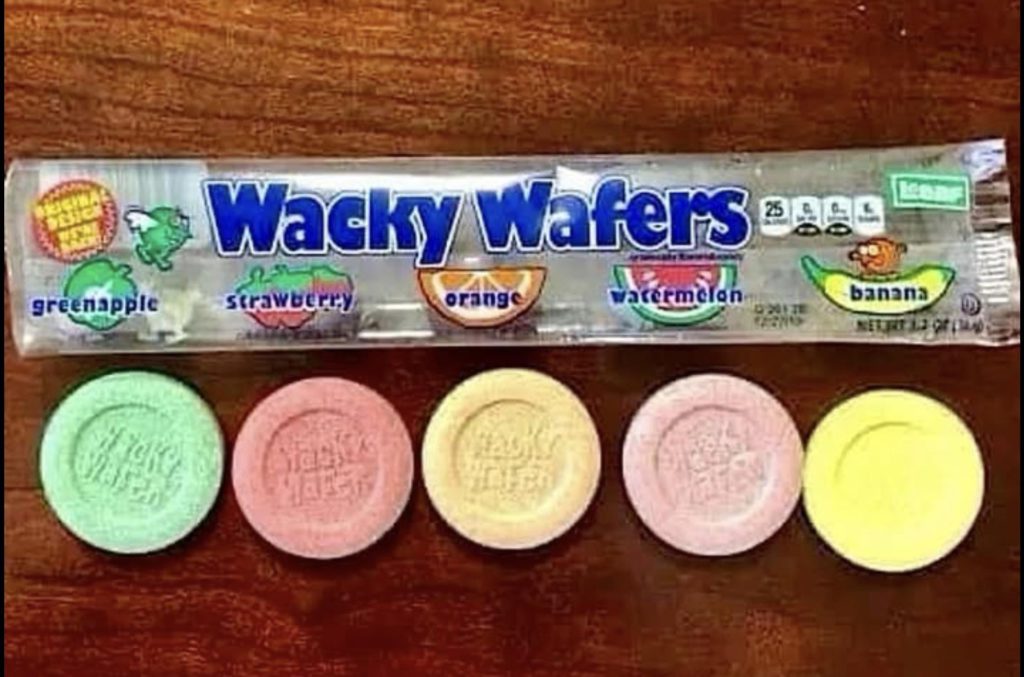
Willy Wonka Candy Company contributed to candy aisle diversity through Wacky Wafers with their vibrant colors and bold flavors. These large, coin-shaped candies delivered intense fruit tastes including grape, orange, watermelon, strawberry, and green apple – each represented by correspondingly bright colors. The substantial size and gradual dissolution created a longer-lasting candy experience than many competing options. Color-coding simplified flavor selection, eliminating the element of surprise that sometimes accompanied assorted candies. The playful name and distinctive packaging aligned perfectly with the whimsical Willy Wonka brand identity. In their perfect marriage of size, duration, and intensity, Wacky Wafers solved the fundamental hard candy dilemma—providing extended enjoyment without sacrificing flavor impact—a balance that even today’s candy makers struggle to achieve. Here are more forgotten foods from the 80s to make you hungry.
02. Fortune Bubblegum Sticks: Sweet Chews with a Surprise Inside
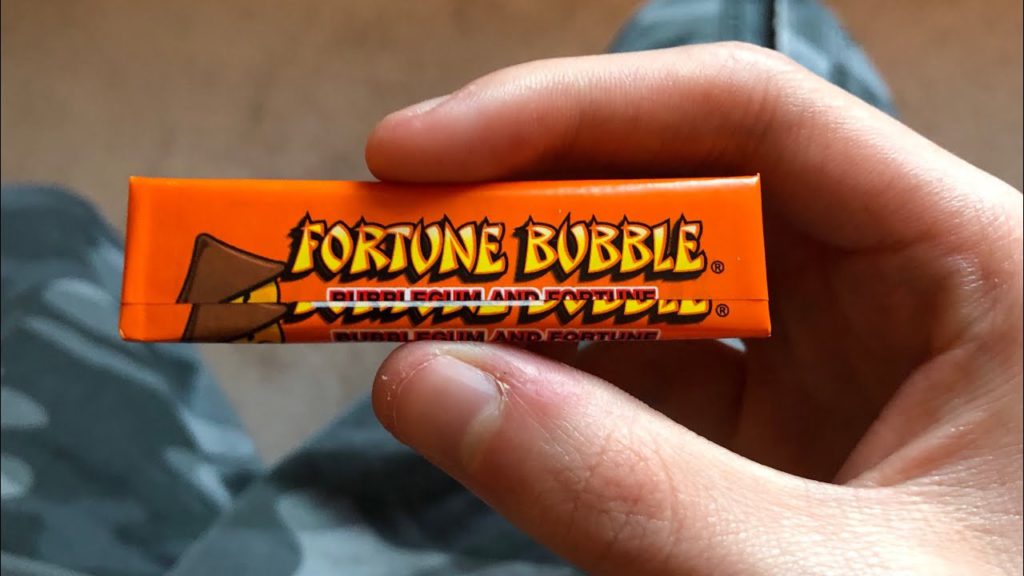
Standard bubblegum received an entertainment upgrade through Fortune Bubblegum Sticks with their surprise messages concealed within each piece. This simple innovation combined familiar chewing pleasure with the excitement of revealing hidden fortunes. Messages ranged from playful predictions to general advice, extending the value proposition beyond mere flavor. The social element of sharing and discussing fortunes transformed an otherwise individual activity into a group experience. At an accessible price point, these treats represented an affordable entertainment package that delivered multiple satisfaction sources. By recognizing that even the most ordinary food products could be elevated through the addition of elements that feed emotional rather than physical hunger, Fortune Bubblegum Sticks foreshadowed today’s entire “surprise” product category—from collectible toy eggs to mystery flavor releases.
01. Space Food Sticks: The Snack Inspired by NASA

American space program fascination found expression in everyday snacking through Space Food Sticks in the late 1960s. These cylindrical, chewy energy bars marketed themselves as authentic astronaut food, creating immediate connections between routine snacking and space exploration excitement. Available in several varieties including chocolate, peanut butter, and caramel, these protein-enhanced sticks delivered genuine nutritional benefits alongside their novelty appeal. The cylindrical shape and space-age packaging reinforced cosmic associations, making these among the most successful thematically aligned food products of their era. When you bit into a Space Food Stick, you weren’t just having a snack—you were participating in America’s greatest scientific adventure, turning routine hunger into an opportunity for vicarious space exploration decades before commercial space travel became a reality.











